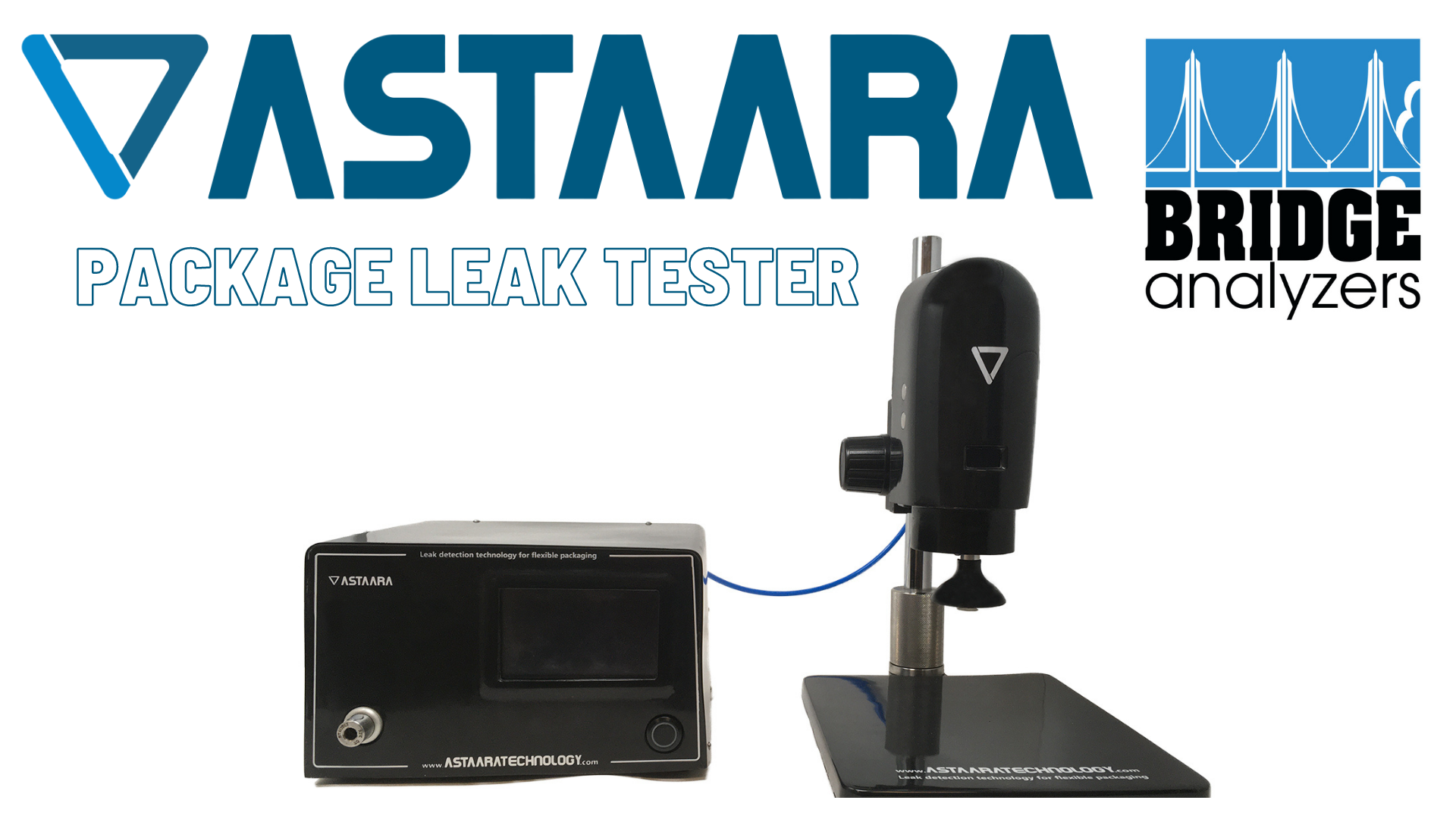“When you can measure what you are speaking about, and express it in numbers, you know something about it, when you cannot express it in numbers, your knowledge is of a meager and unsatisfactory kind; it may be the beginning of knowledge, but you have scarcely, in your thoughts advanced to the stage of science.” ― Lord Kelvin
For many years leak testing for packaged food products has been dependent on various methods of testing that are visual in nature and thus depend on the subjectivity of the technician to determine whether or not a package has a leak.
One of the most popular methods of leak testing for packaged foods begins by immersing the package in water, and either injecting compressed air into the flexible packaging or by creating a vacuum around the package and waiting to see if any bubbles appear in the water. There are also some tests where the package is immersed in a colored ink, and the ink is then sucked into the packaging via a vacuum. Any product tainted by the ink would indicate that there is a leak. These immersion methods, which are the food industry’s standard for leak testing, can be done in several ways, but in the end these immersion methods are only visual leak inspections and do not provide any quantifiable data about the leak that appears.
Other disadvantages of the immersion method of package leak testing
-
The cycle is very long, and the technicians cannot be sure whether they should continue waiting to see a leak. Most of the time the technician will stop the test prematurely, before any bubbles have the chance to appear.
-
The test is fully dependent on the operator’s skill and attention. With more than one technician performing tests, there is no way of knowing the consistency or accuracy of your leak tests.
-
There is no measurement of the size of the leak. There is no data provided to improve the packaging or sealing process.
-
There is a risk of contamination due to water (water is prohibited in the proximity of production lines in most countries).
As is evident above, the current leak testing methods provide the technicians and Quality Assurance personnel with no quantifiable data and thus provide them with no insight as to how the manufacturing and packaging processes can be improved.
In short, the current food package leak testing technologies are contingent on the subjective— and very often divergent— judgments of the technicians performing the tests, provide no objective criteria with which to normalize the subjectivity of the process, and, most disturbingly, provide no quantifiable data about the leak in the package being tested. Right now, food package leak testing is an art, not a science.
How Astaara is Changing the Package Leak Testing Game
Having seen the problematic nature of current package leak testing processes, Astaara decided to do something about it. It was time to make the art of leak testing into science. The way they decided to do this was through performing leak testing by measuring the flow rate of air through a package that was being inflated at a constant pressure.
Flow measurement at a constant pressure is the only reliable and quantifiable method for measuring a leak in a flexible package. While this method is common in the automotive industry, because of its limited application in the food industry, very few manufacturers of leak testing equipment, other than Astaara, have done it.
The Astaara package leak tester was designed to transform package leak testing from an art to a science.
